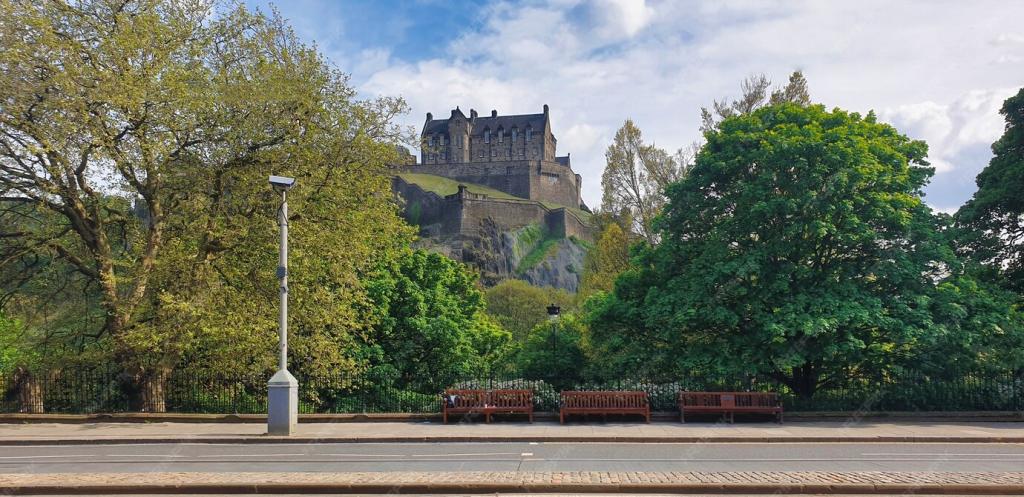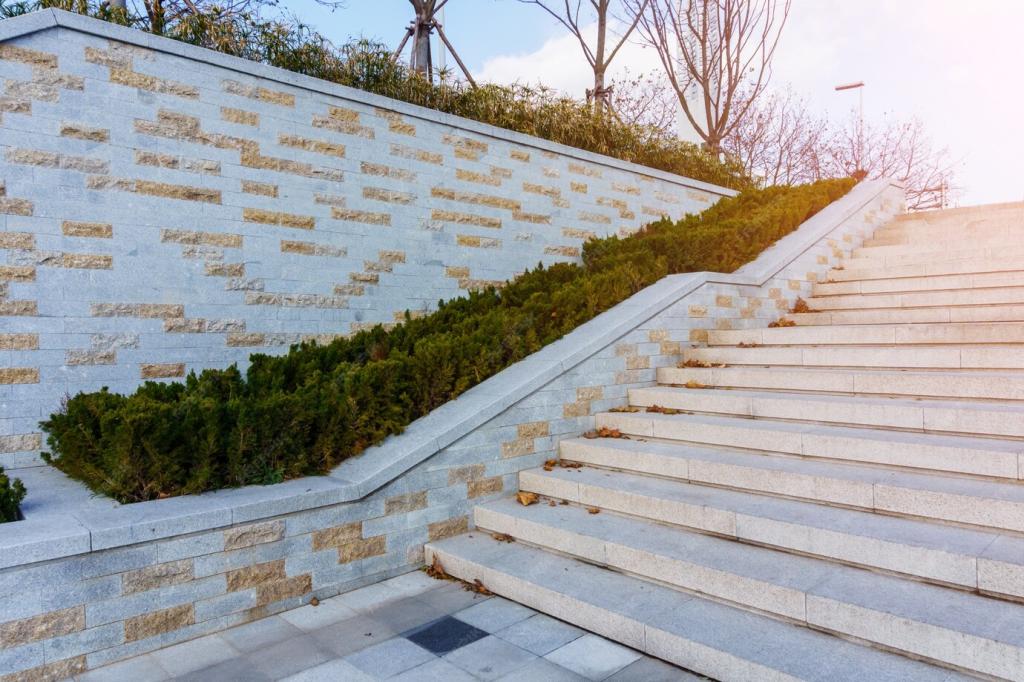Standards, Carbon, and Financing That Accelerate Change
Each certification emphasizes different outcomes: LEED’s broad metrics, BREEAM’s rigor across lifecycle, and LBC’s regenerative ambition. We’ve aligned roadmaps that blend credits with real performance. What outcomes matter most to you—carbon, health, water, or beauty?
Standards, Carbon, and Financing That Accelerate Change
Product EPDs, biogenic accounting, and retrofit-first strategies drive meaningful reductions. We set baselines early and track A1–A5 and B–C impacts alongside energy. Which tools or databases do you rely on when comparing structural systems or envelope assemblies?






